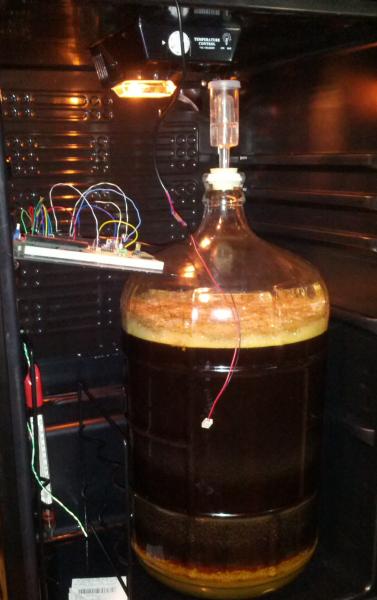I wasn't paying attention and I bought a lager kit. Using WLP830 (German Lager Yeast) which ferments optimally at 50-55*. I'm concerned that there are more differences between lagers and ales than just the fermenting temperature.
I believe that I should make a starter. I did recently build a stir plate and I've got a 2L flask, so I'm set up to make a starter. This is a 5 gallon batch. How large of a starter should I make, and how long should I let it go before I pitch it?
Are there any other differences that I should be aware of besides fermentation temp and duration? I'd like my first lager to come out right.
Thank you!
I believe that I should make a starter. I did recently build a stir plate and I've got a 2L flask, so I'm set up to make a starter. This is a 5 gallon batch. How large of a starter should I make, and how long should I let it go before I pitch it?
Are there any other differences that I should be aware of besides fermentation temp and duration? I'd like my first lager to come out right.
Thank you!





